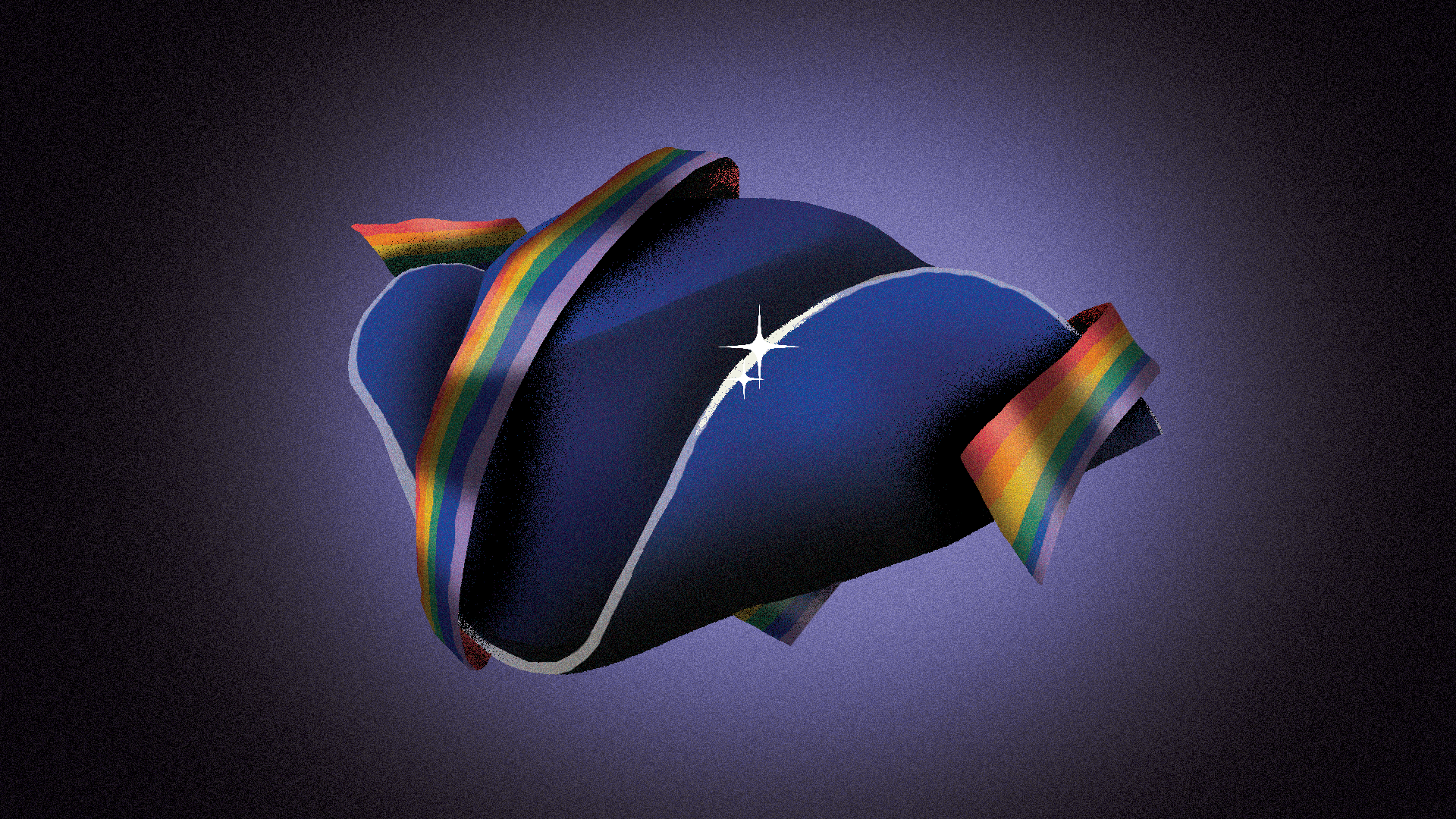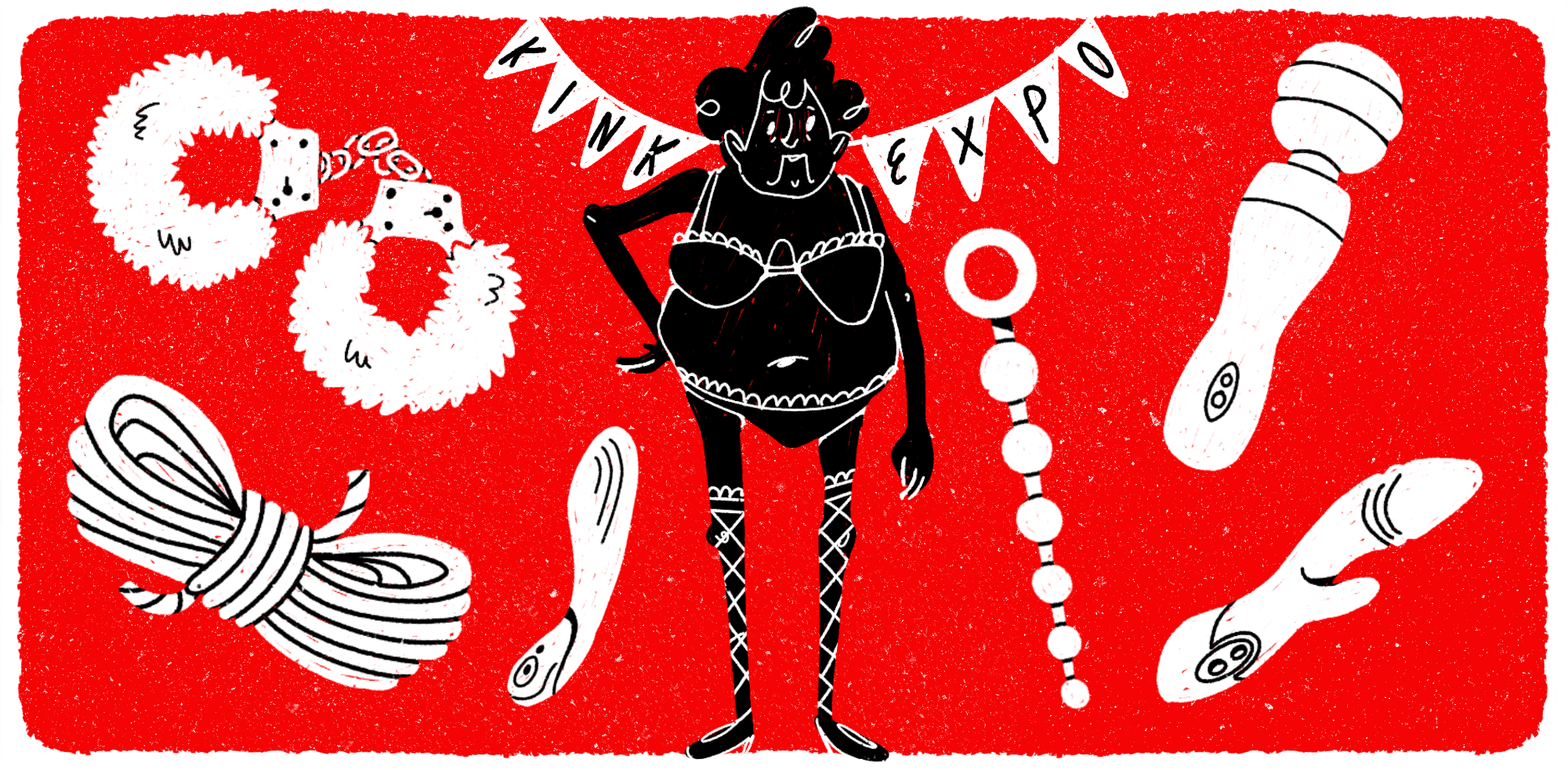Gay pirates? In my show? It’s more likely than you think.
Or, at least that’s what many viewers must have said when “Our Flag Means Death” first aired last March. Directed by David Jenkins in his first major studio release and starring Rhys Darby and Taika Waititi as Stede Bonnet and Blackbeard respectively, the show was met with an incredibly positive reception during its release and has since garnered an extremely active and notably LGBTQ+ inclusive fanbase.
But what is it about this show that led to the creation of such a vibrant queer community of fans? Well, with the much-anticipated release of the second season which began on Oct. 5, it’s worth taking a short retrospective to explore how the show became so meaningful for so many queer viewers. (Be warned for minor season one spoilers ahead!)
“Our Flag Means Death” begins in 1712, the golden age of piracy. Stede Bonnet, a wealthy Englishman, has chosen to leave his family behind to live his life as a pirate, with his only shortcoming being he really doesn’t have a clue how to be one. That doesn’t stop him from using his wealth to buy a ship complete with a library and to hire a crew for himself which he pays on a regular salary.
The first season of the show follows Stede and his crew along a myriad of adventures in the Caribbean as they meet Blackbeard (Called Ed by Stede and his crew), and the two gradually find themselves falling in love, much to the chagrin of Blackbeard’s right-hand man, Izzy Hands. Though undoubtedly a delightful premise, the show delivers on more than entertainment. Behind the admittedly silly pirate theming is a deeply heartfelt show about finding someone who loves you for who you are.
Speaking both to the online fan community as well as students from SAIC, it seems two key aspects of the show have drawn in and touched queer viewers: representation and the heartfelt nature of the romance between Stede and Ed.
Multiple people spoke about one character in particular that was especially validating for them to see in a show: a nonbinary member of the crew named Jim, played by nonbinary performer Vico Ortiz. Jim begins the show disguised as a mute cis man, but early in the show reveals this to be a disguise. After some questioning from the crew, Jim asserts that nothing has changed, they’re still Jim, they just talk now, and after that, the crew accepts them without any resistance. For the rest of the show, Jim is referred to by they/them pronouns.
Genderqueer fan of the show, Cecelia, told F News how validating it was “ to see a non-binary person without any hate towards them,” Another fan, Ed, said how “knowing that one of the characters is a gender-non-conforming person really helps me accept myself the way Jim accepts themselves.”
Having characters be allowed simply to exist and be accepted as themselves without making the crux of their character arc about their struggle to be accepted is what elevated the show from just having queer characters to truly creating space for queer representation.
This same concept is why Ed and Stede’s relationship has been lauded for its true, honest representation. With the pervasiveness of queerbaiting in modern media, what seems to have struck viewers the most about these two characters is how earnestly their romance is portrayed. As Xio, another queer viewer said, “‘Our Flag Means Death’ really feels like being queer is like in real life.”
SAIC student Sophia Anderson (BFA 2026) added her own perspective as an asexual/aromantic viewer, citing how genuine friendship was the main motivating factor that led to Ed and Stede falling in love, which served as a breath of fresh air for romance. Historically, the genre has been largely dominated by lust and romantic attraction being the driving force of relationships, and so for her “the depth of friendship shown is very hopeful. It’s treated as important as romantic or sexual relationships.”
The show portrays a queer relationship and frames it as the central driving force of the story, but it doesn’t build the conflict around the fact that it is queer. In fact, the word gay isn’t said once. It isn’t about a fight for the two to exist but rather is a story about two men who find that the other appreciates them for who they honestly are, not a false image of what the world wants them to be.
By framing the narrative around their relationship itself, it allows for genuine queer representation to be placed at the forefront of the show in a way that doesn’t feel like it’s simply filling a diversity quota.
Alister Lowe, a second-year undergrad illustration major from the Cleveland Institute of Art remarked on how refreshing it was to have a queer show that isn’t about a fight to be queer, saying “Sometimes I just want to watch a story that just has gay people in it without the added conflict of being a part of the LGBTQ+ community.”
Sometimes it’s just exhausting to live in a world where our identities are seemingly constantly challenged, either by our own government or the people we know in our life questioning our own identities.
To be able to have a show that earnestly portrays queer love in a way that isn’t a battle, but rather something much more tender and uncontested is a huge breath of fresh air, and it’s this unabashed display of LGBTQ+ people that resonates so deeply with its viewers. Who knew all queer audiences wanted was actual queer romance? Truly the shock of the century.






















